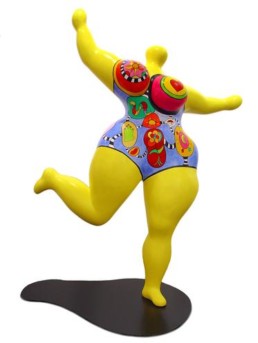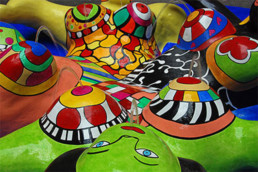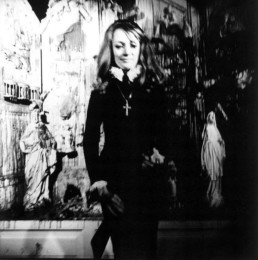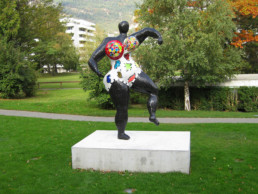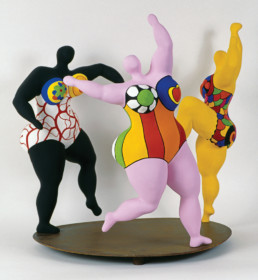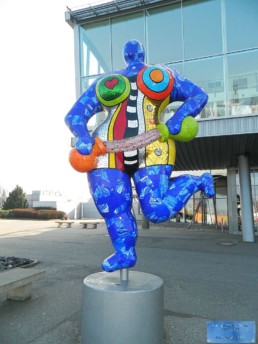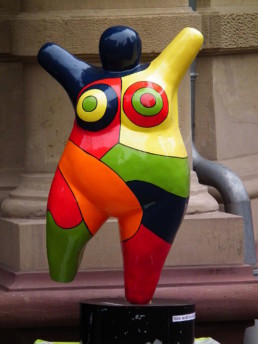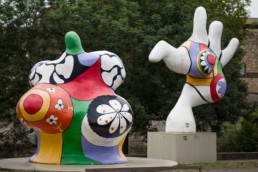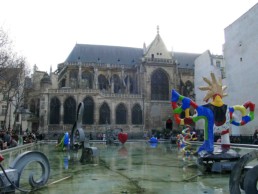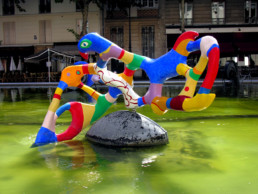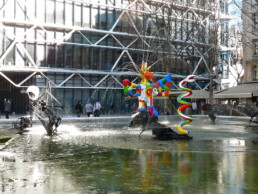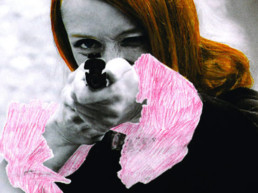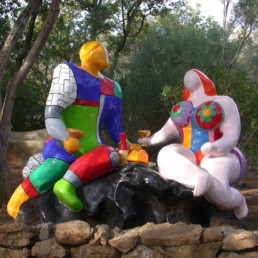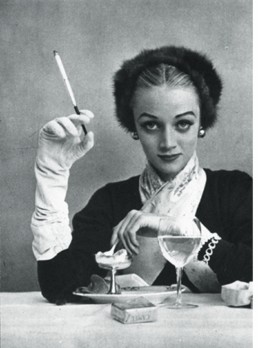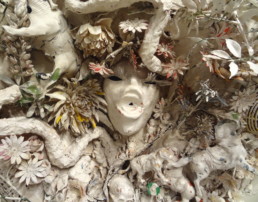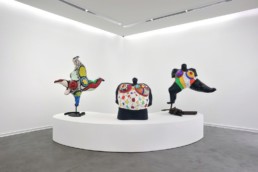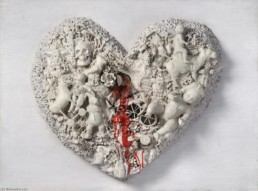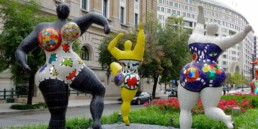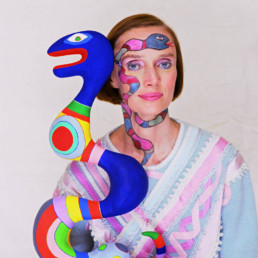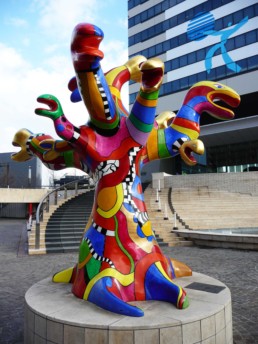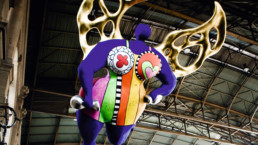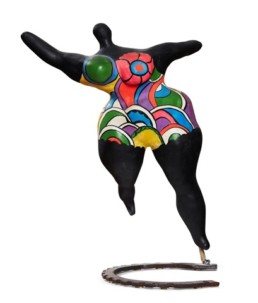Niki de Saint Phalle
“I accidentally stumbled across Niki de Saint Phalle’s exhibition in London, back in 1985. It may have been the commonality in name that drew me in, mixed with my interest in the arts, either way, her style and colourful artworks definitely ‘wowed’ me.
Now, revisiting her work and life (online), I was saddened to learn that she passed away in 2002 (aged 72). l had no idea at the time, but this would have made her around 55 when I popped into that gallery. Amusing now, how (as a mere 21 year old then) I had wrongly presumed that the person behind these modernist and intriguing works was much younger.” (Nicky Jury)
About Niki de Saint Phalle
Niki de Saint Phalle (born Catherine-Marie-Agnès Fal de Saint Phalle, 29 October 1930 – 21 May 2002) was a French-American sculptor, painter, and filmmaker. She was one of the few women artists widely known for monumental sculpture.
Niki de Saint Phalle paired bold, jubilant, and cartoonish feminine forms with dark and disturbing material in her multifaceted artistic career. Throughout, she continually disrupted long-held conventions in art, and her iconoclastic approach to her identity and society at large made her an early and important voice to both the feminist movement and the development of early conceptual art. Unlike many of her contemporaries who prioritised the idea behind the work of art rather than the aesthetic demonstration of the idea, Saint Phalle’s pieces were highly expressive, visually bold, and often playful – a style that celebrated aesthetics instead of interrogating its structures and conventions. She realised some of the most ambitious, immersive sculptural environments of the twentieth century, and also made intensely personal, inward-looking work that reflected on her inner life and relationships. Niki Saint Phalle’s broad influence is marked by the variety of contemporary cultural identities and communities that now ‘claim’ her as their own, including feminist, queer, and racial empowerment movements.
Niki Saint Phalle had a difficult and traumatic childhood and education, which she wrote about decades later. After an early marriage and two children, she began creating art in a naïve, experimental style. She first received worldwide attention for angry, violent assemblages which had been shot by firearms. These evolved into Nanas, light-hearted, whimsical, colourful, large-scale sculptures of animals, monsters, and female figures. Her most comprehensive work was the Tarot Garden, a large sculpture garden containing numerous works ranging up to house-sized creations. Her idiosyncratic style has been called “outsider art”; she had no formal training in art, but associated freely with many other contemporary artists, writers, and composers.
Throughout her creative career, she collaborated with other well-known artists such as Jasper Johns, Robert Rauschenberg, Larry Rivers, composer John Cage, and architect Mario Botta, as well as dozens of less-known artists and craftsperson’s. For several decades, she worked especially closely with Swiss kinetic artist Jean Tinguely, who also became her second husband. In her later years, she suffered from multiple chronic health problems attributed to repeated exposure to glass fibres and petrochemical fumes from the experimental materials she had used in her pioneering artworks, but she continued to create prolifically until the end of her life.
A critic has observed that Saint Phalle’s “insistence on exuberance, emotion and sensuality, her pursuit of the figurative and her bold use of colour have not endeared her to everyone in a minimalist age”. She was well known in Europe, but her work was little-seen in the US, until her final years in San Diego. Another critic said: “The French-born, American-raised artist is one of the most significant female and feminist artists of the 20th century, and one of the few to receive recognition in the male-dominated art world during her lifetime.”
“I’m following a course that was chosen for me, following a pressing need to show that a woman can work on a monumental scale.” Niki de Saint Phalle
(Source: The Art Story / Wikipedia)

